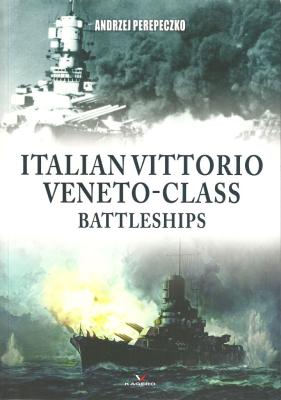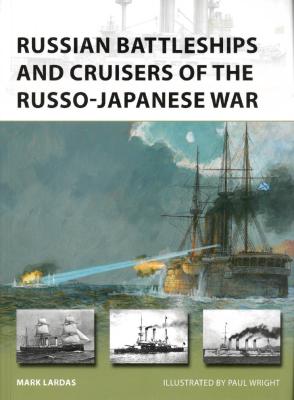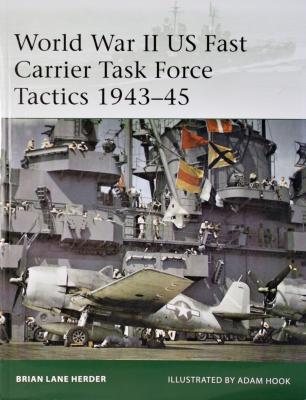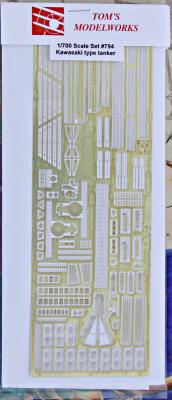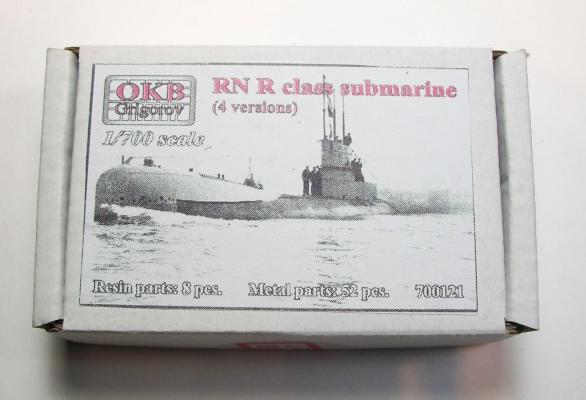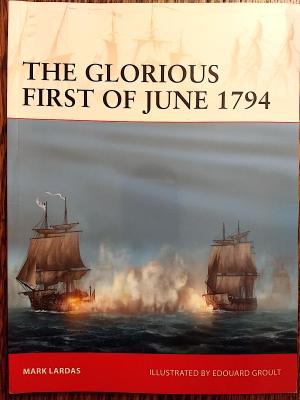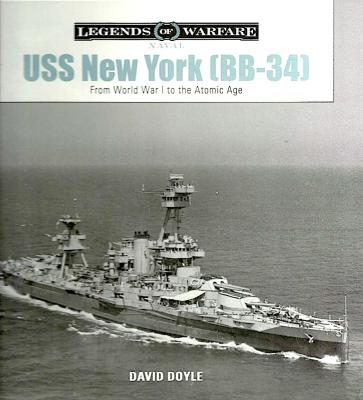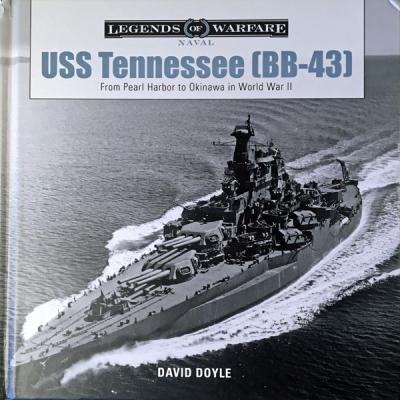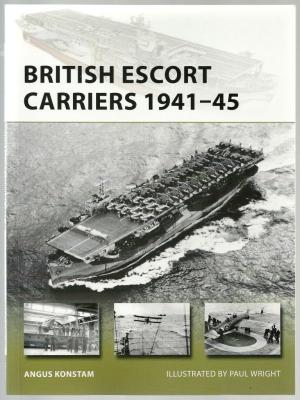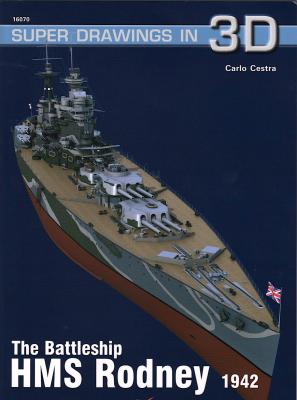Casemate Publishers bring us a book from Polish editorial Kagero, covering the Vittorio Veneto class of battleships (Littorio/Italia, Vittorio Veneto, Roma and an unfished hull Imperio). The book was written by Andrzej Perepeczko and he has done a great research job in his book.
The book is broken down in the following sections.
- Origin
- Design and Equipment
- In Service
The first section covers the historical situation of the Italian Fleet in the interwar years and includes a high-level description of other contemporary battleships. That way you can understand better the relevance of this class within the Italian Fleet.

